Lahore Biennale 2020
„Between Sun and Moon“
curated by Hoor Al-Qasimi
Ulugh Beg: The Intrinsic Futuristic Machine of Central Asia
Site specific installation, PIA Planitarium (Almagul Menlibayeva , Inna Artemova , German Popov)
January 26–February 29, 2020 , Pakistan, Lahore.
Ground floor , 360-degree drawing installation by Inna Artemova .
In this installation of large-format drawings Inna Artemova uses the panorama image as the oldest form of creating a fictional world. The panorama serves as a projection screen on which reality concepts from different times are staged. At the same time, the installation intervenes in the existing space and interacts with it.
Starting point is the figure of Ulug Beg, her view of the world and her futuristic content. The geocentric view of the world that existed at the time of Ulug Beg, which has not changed in our mental world perception until today, is symbolized by the globe in the middle of the room. By means of a stereographic projection this reality becomes part of the panorama. The projection is superimposed by concepts of reality and utopias that have emerged in other places and at different times. The reality of the Ulug Beg period is juxtaposed with the findings of contemporary science.
The central reference point of the installation is the planetarium as a key place of utopia (utopian space), from which the spiritual journey into unknown worlds and non-places (utopia) started at all times. Due to its architecture, the PIA Planetarium Lahore exhibition venue offers an ideal resonance space and a platform for a new reality, created by a complex interplay between the different levels of meaning.
The architectural space program of a planetarium is designed to make hitherto invisible unknown worlds visible as places of utopian thinking. The planned installation takes up this spatial concept by creating a new reality, like an „artistic planetarium“, by linking and superimposing various realities.
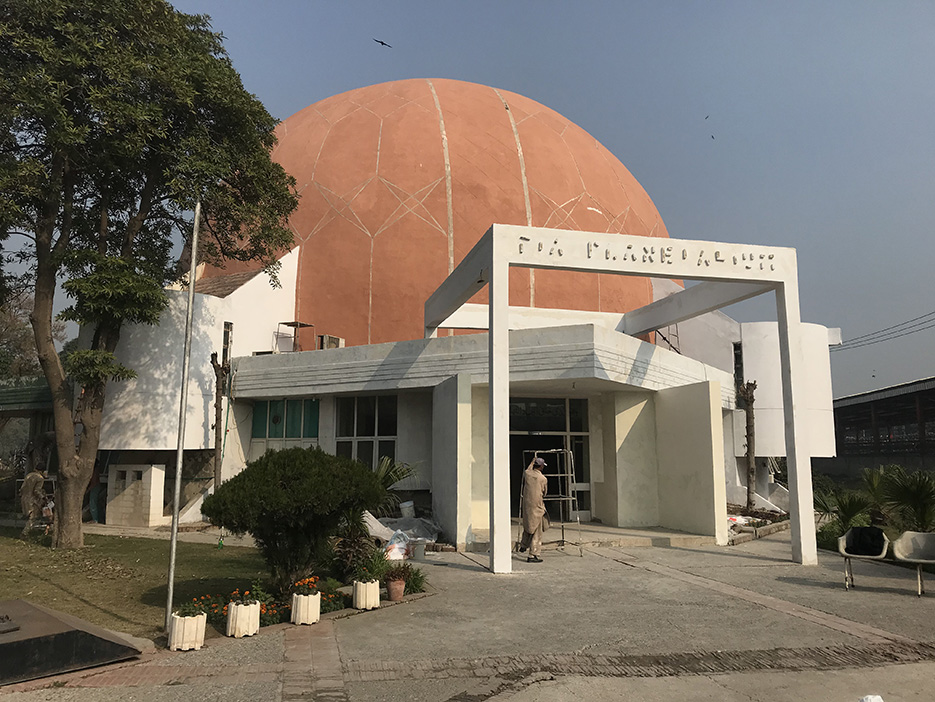
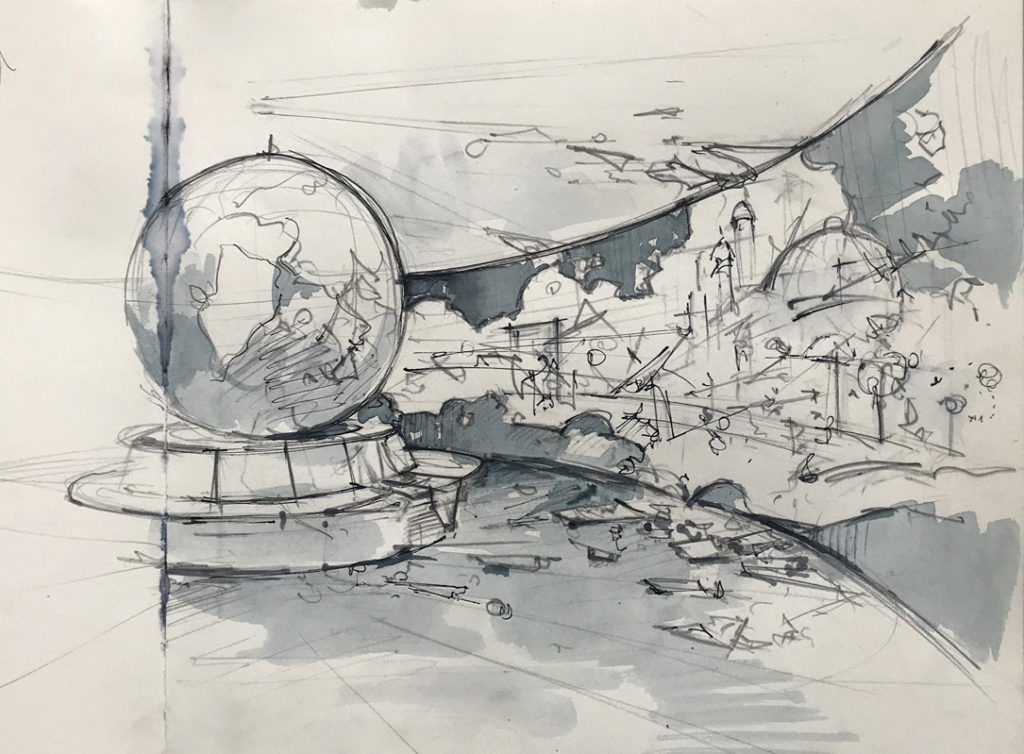
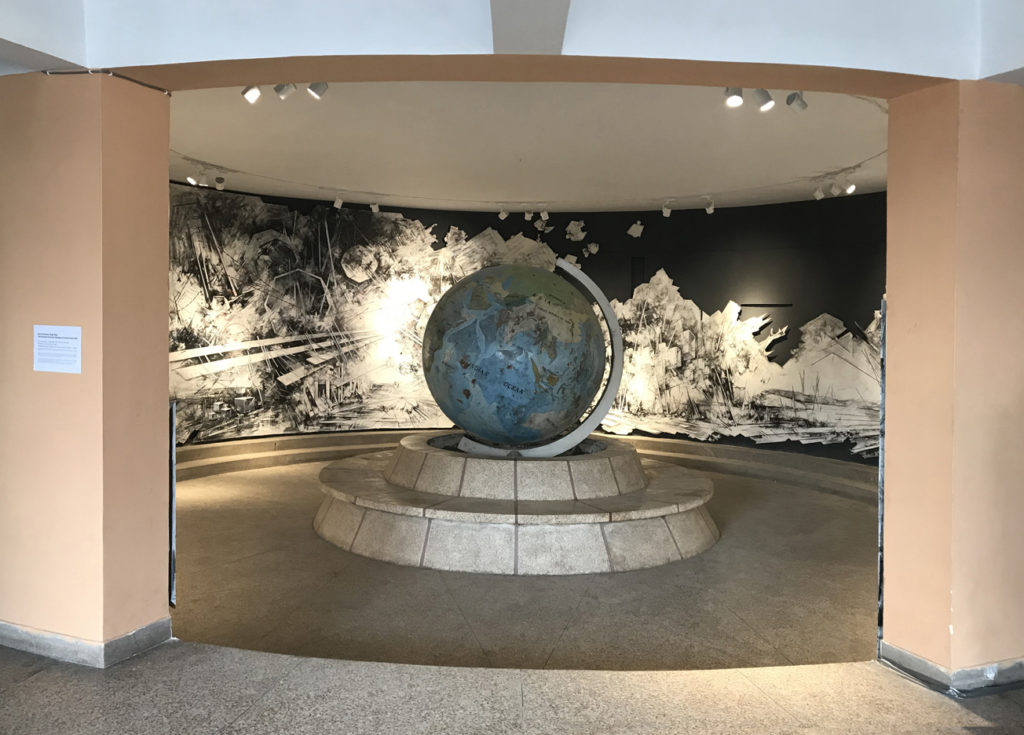
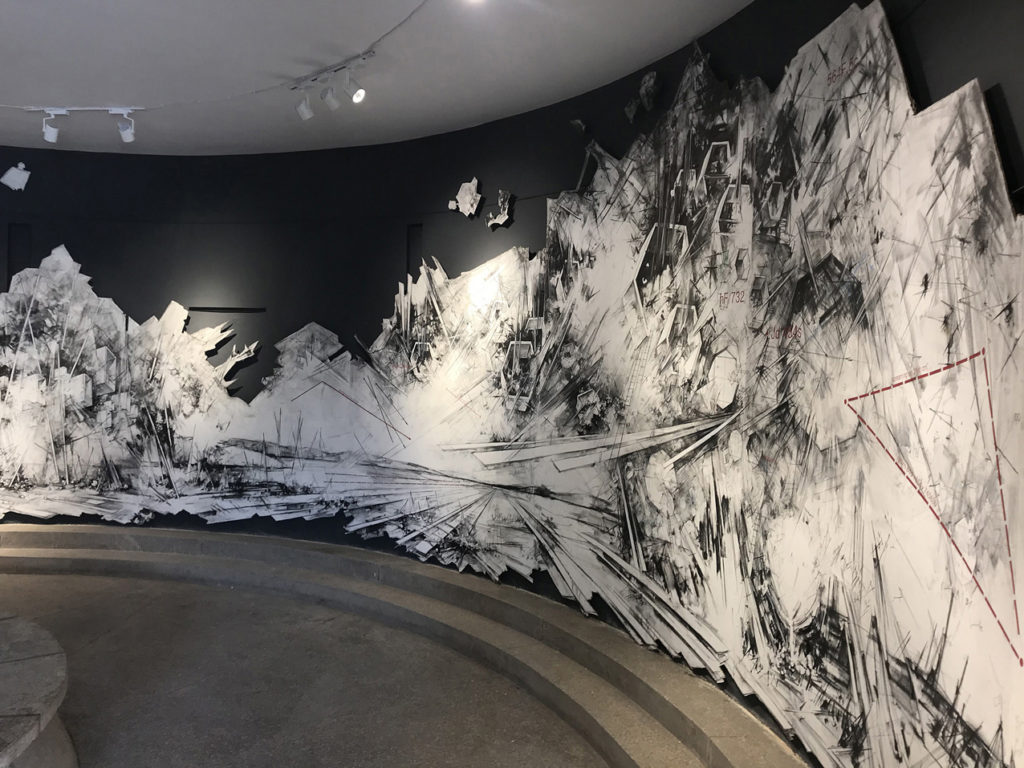
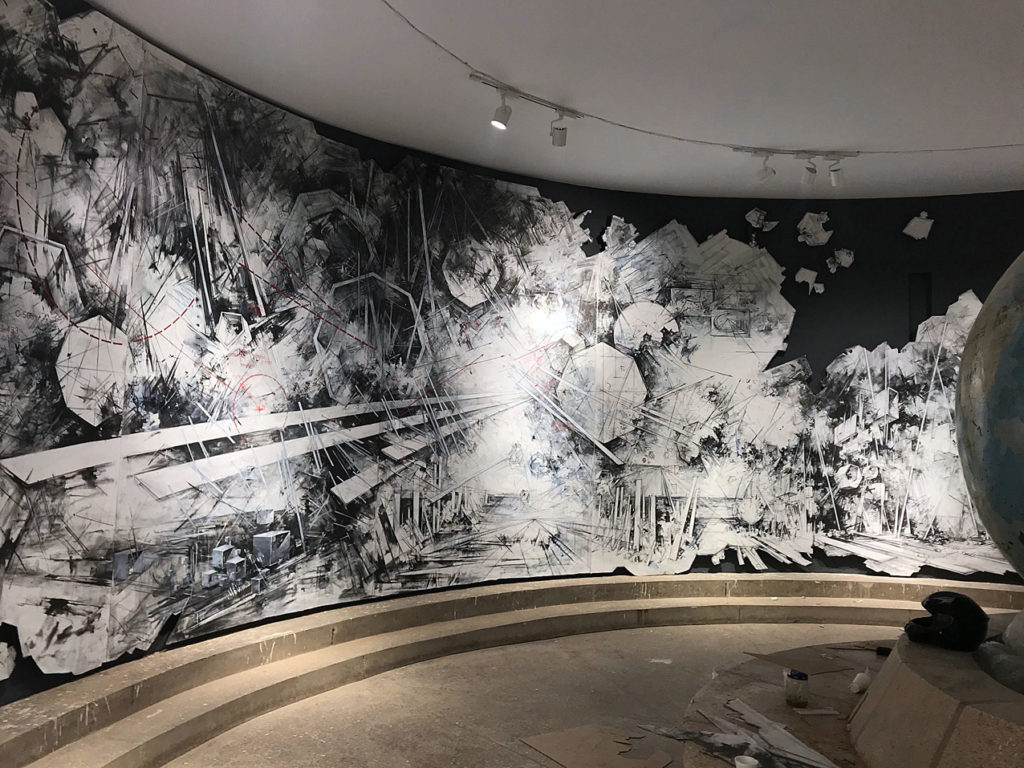
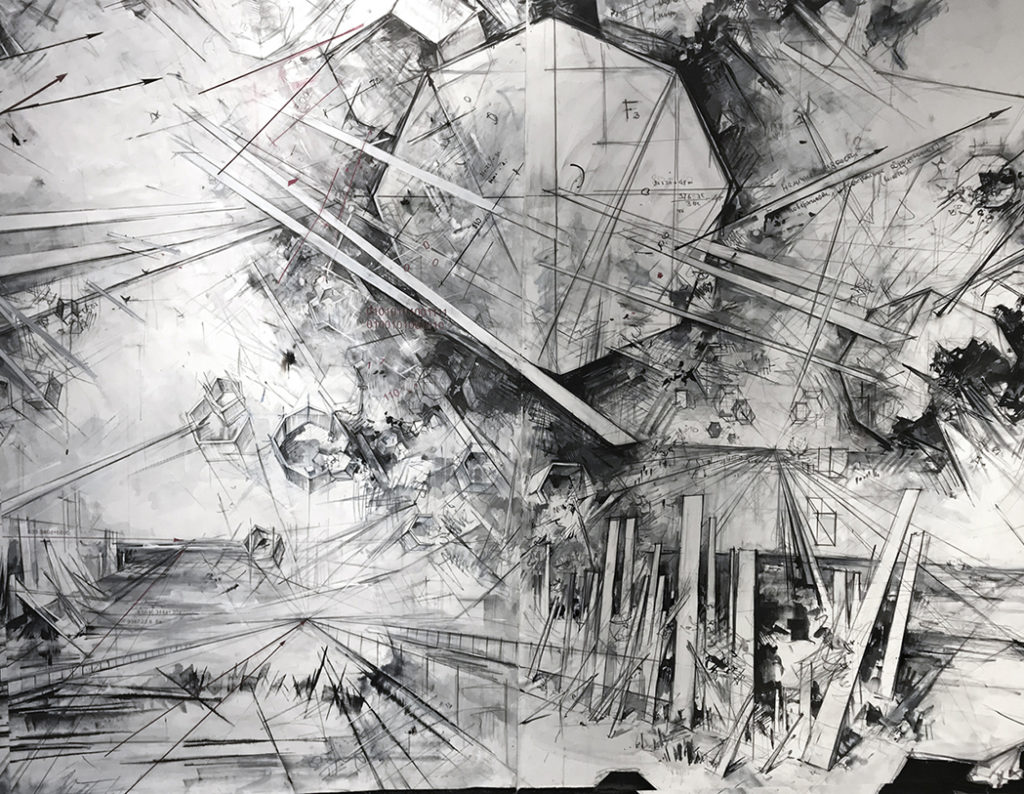
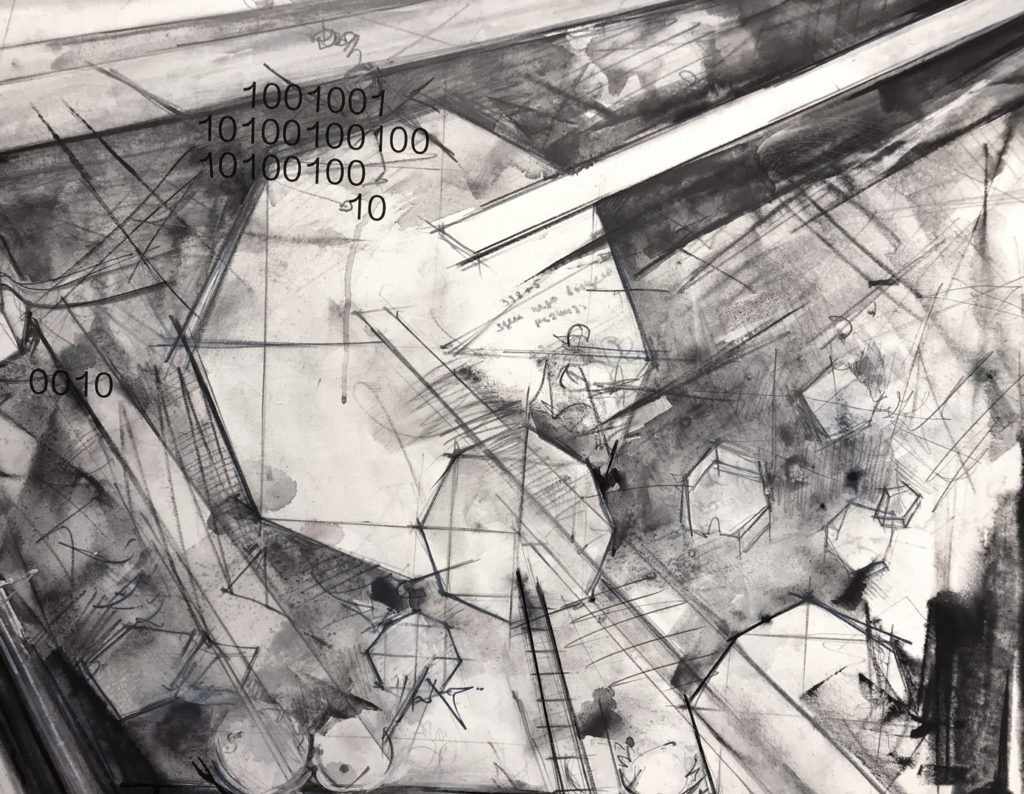
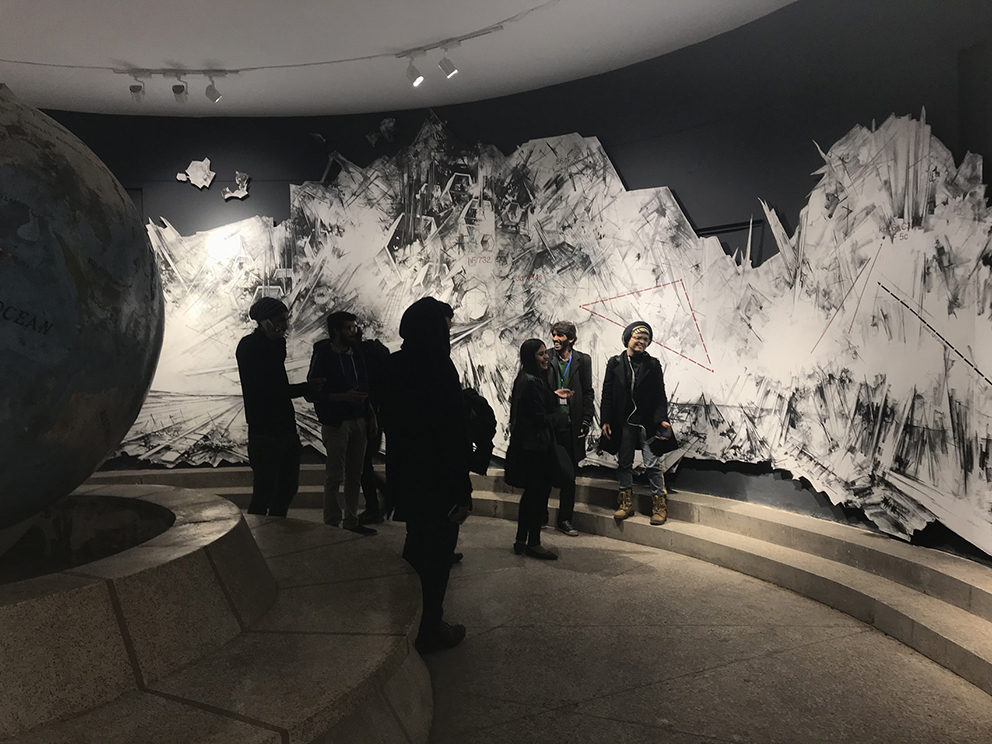
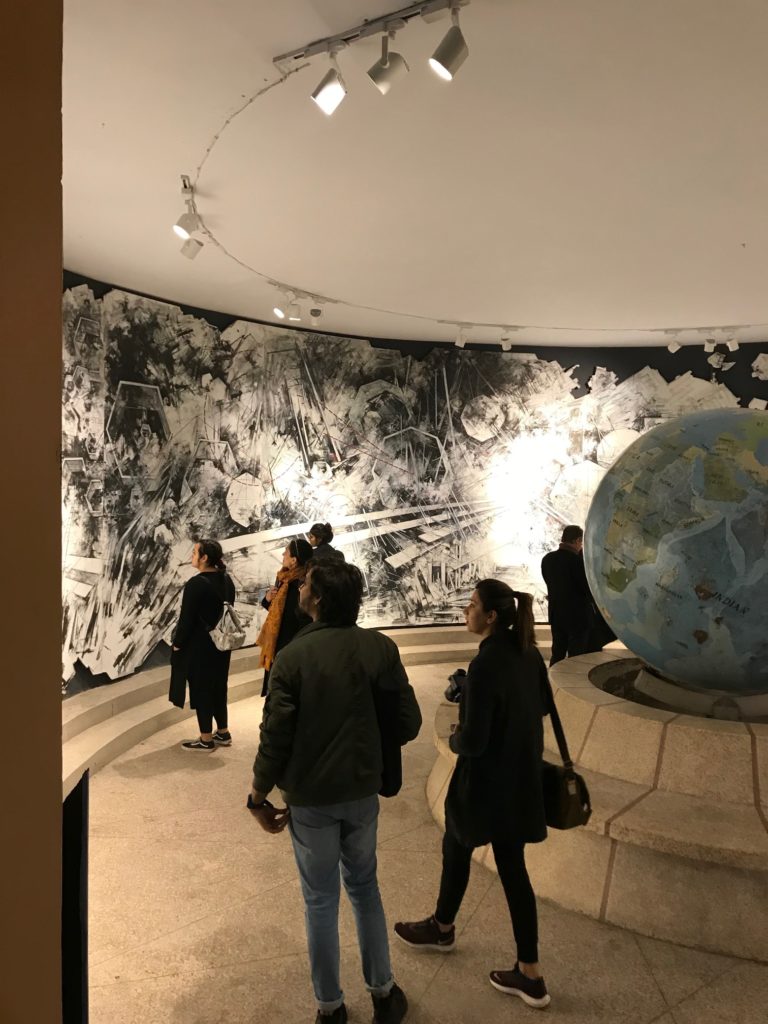
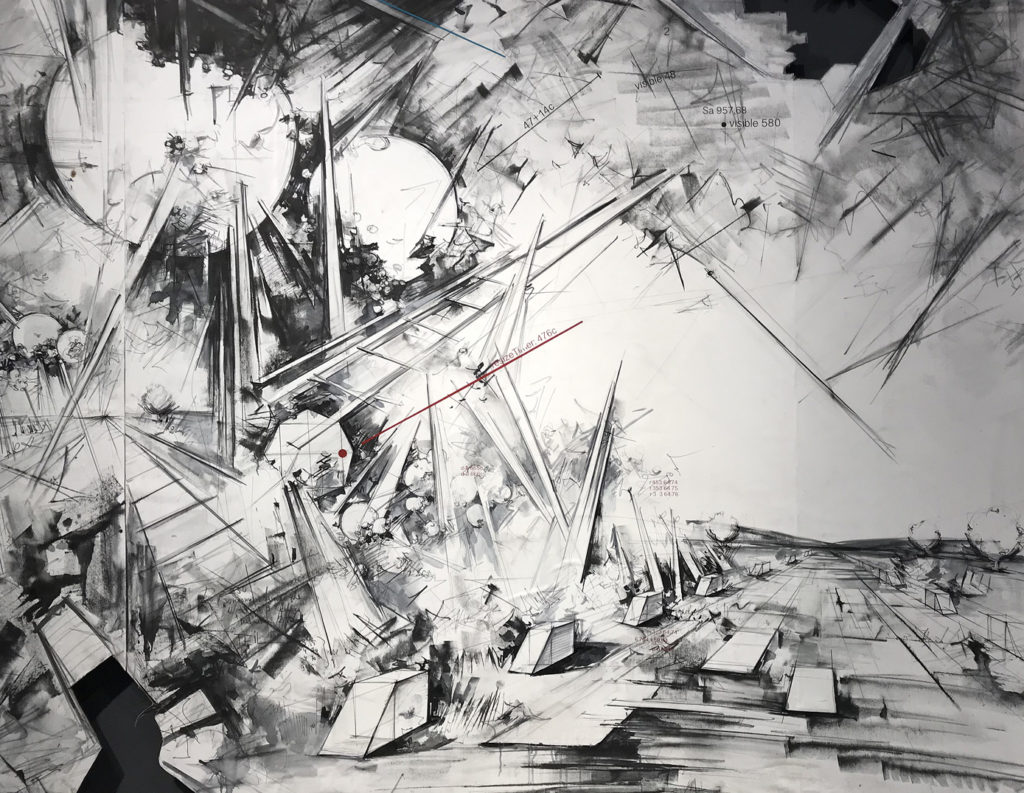
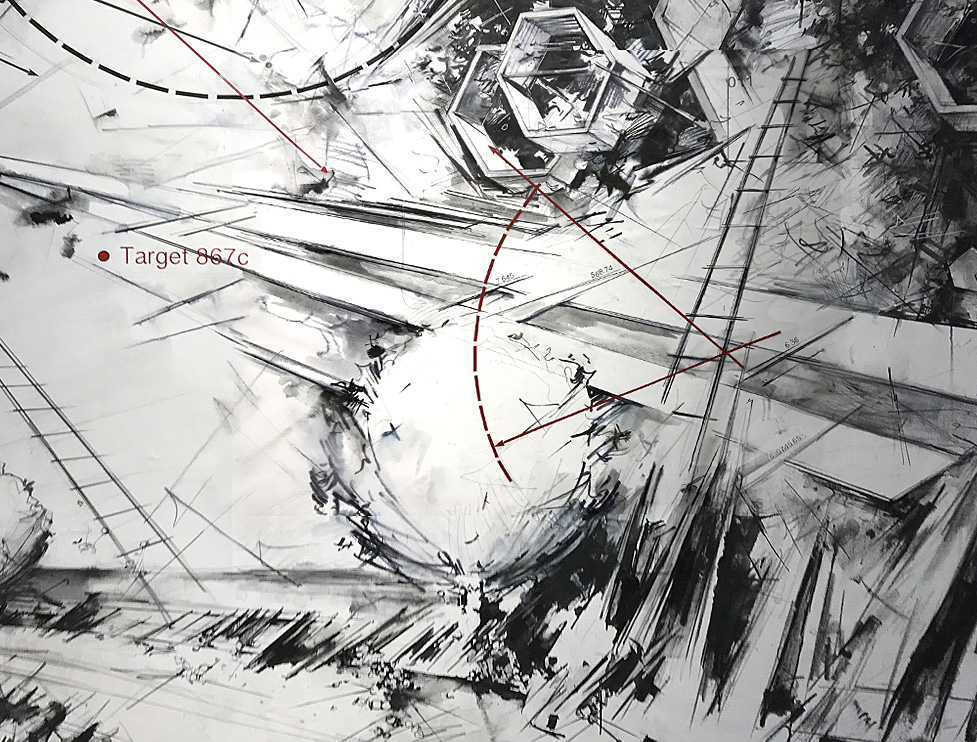
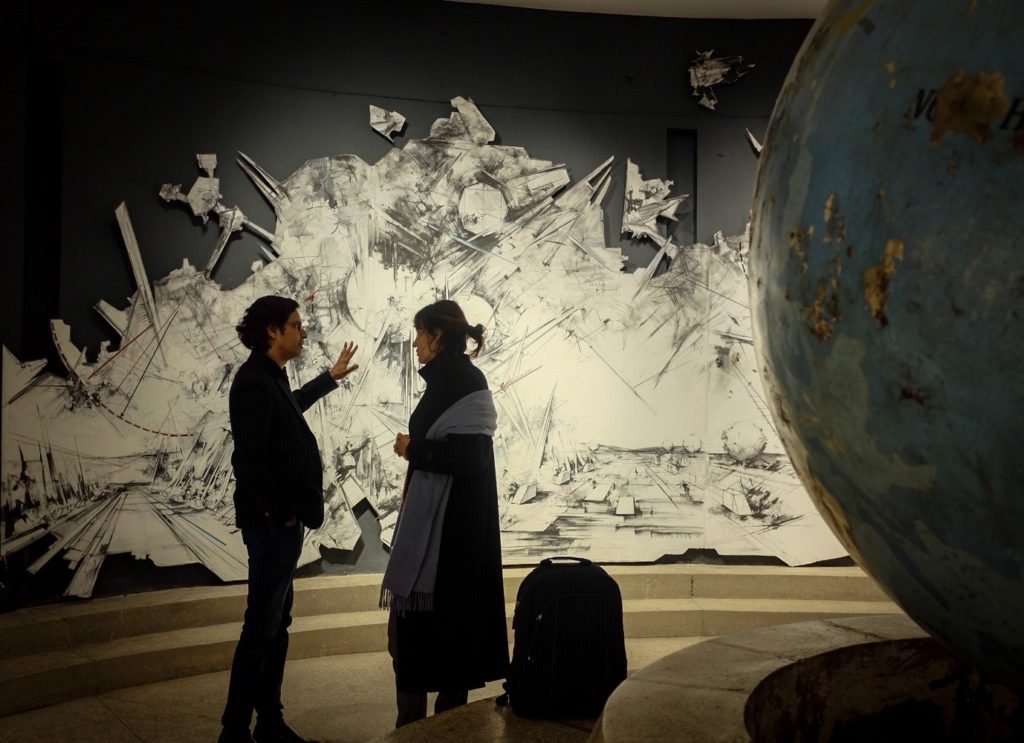
https://www.lahorebiennale.org/wp-content/uploads/2020/01/Artists-List-with-Title.pdf
https://www.e-flux.com/announcements/313411/lahore-biennale-02between-the-sun-and-the-moon/
Transformations
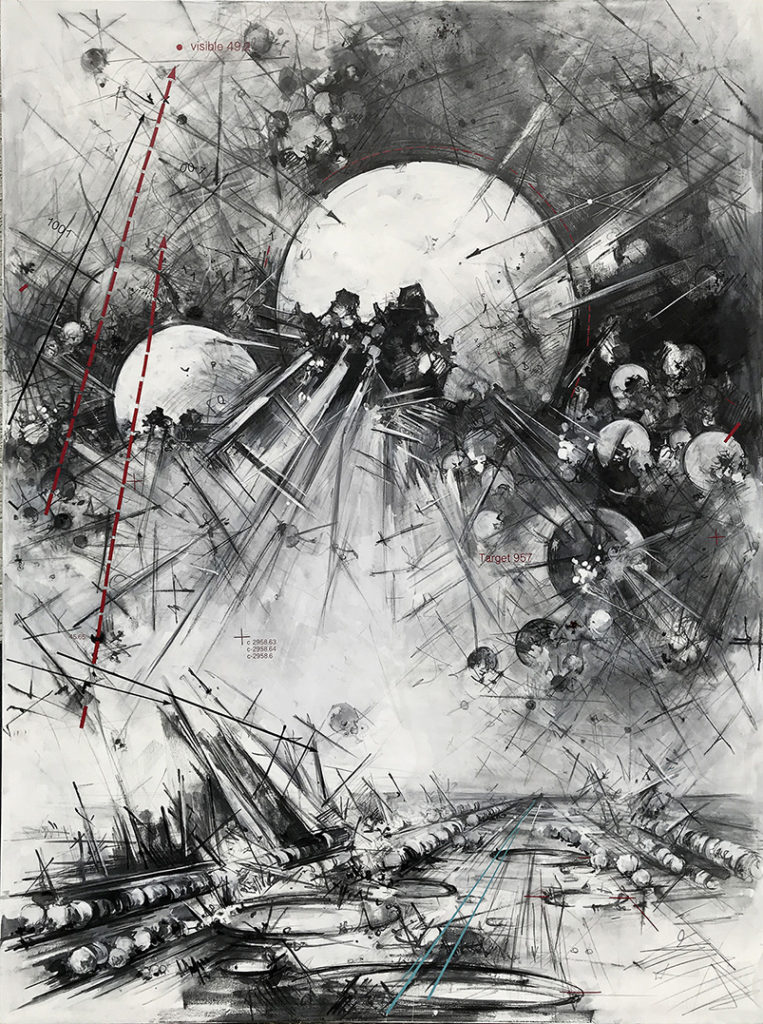
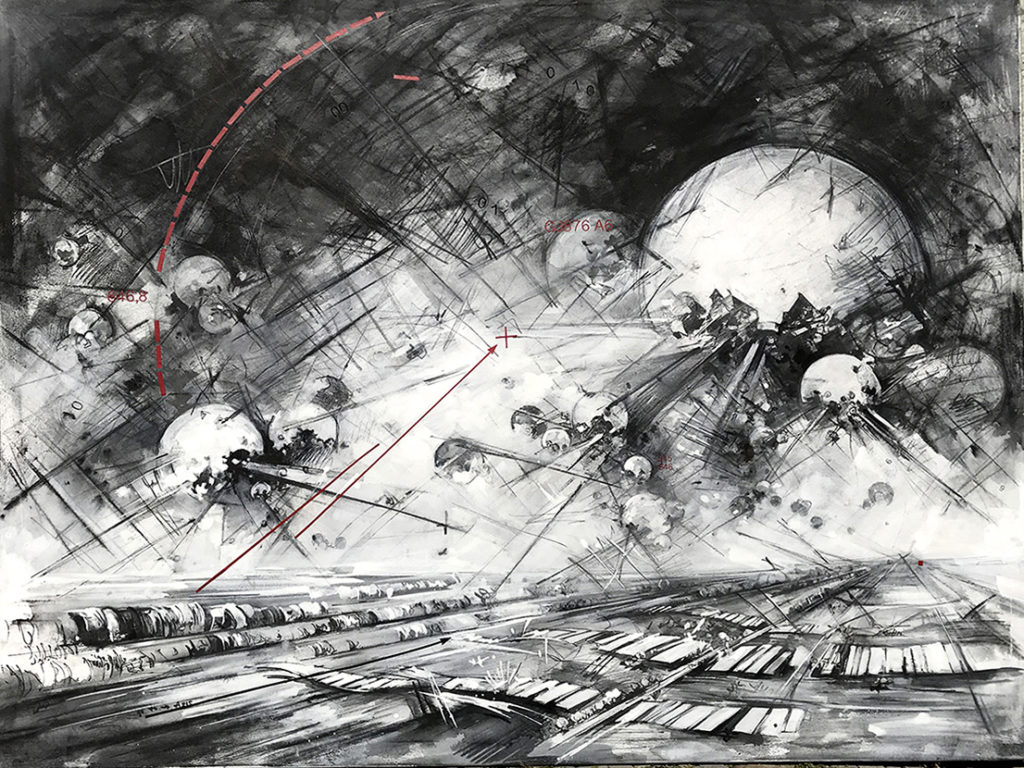
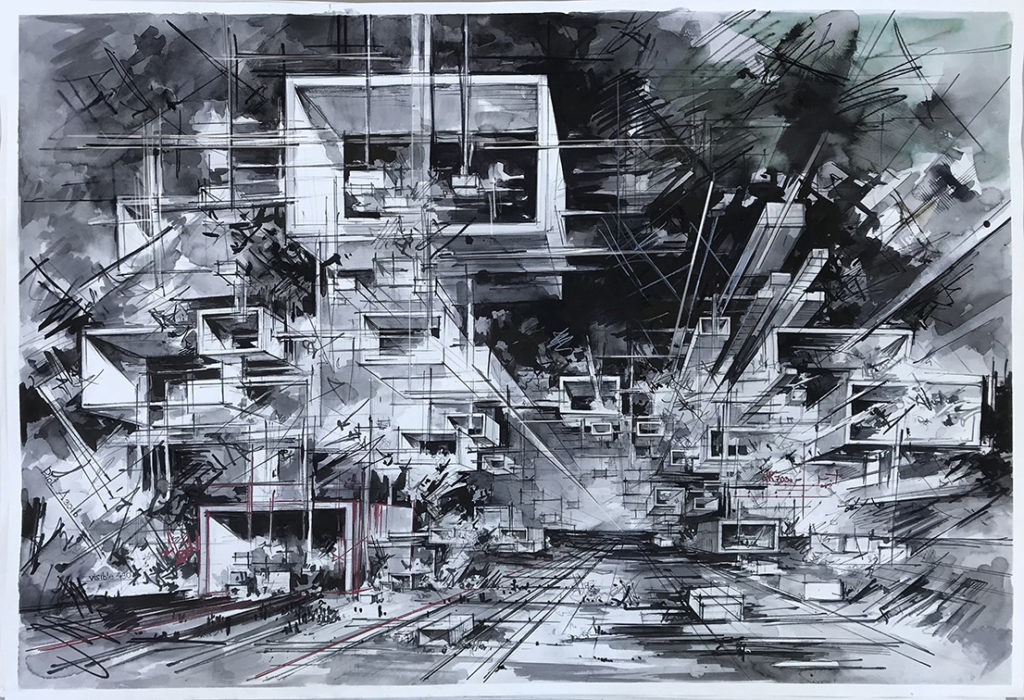
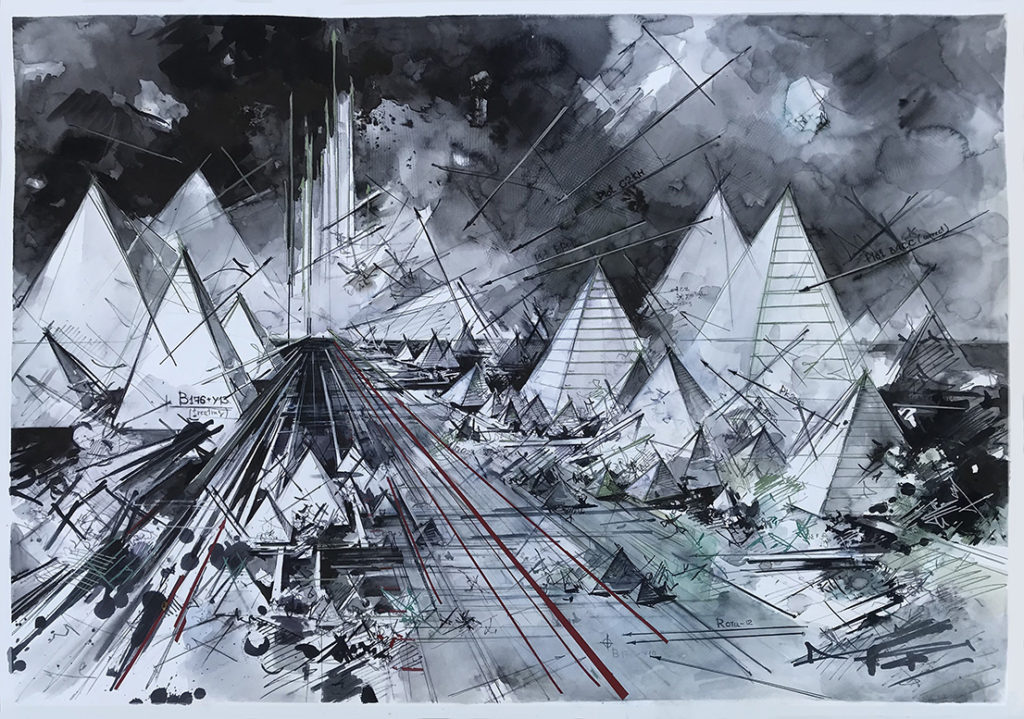
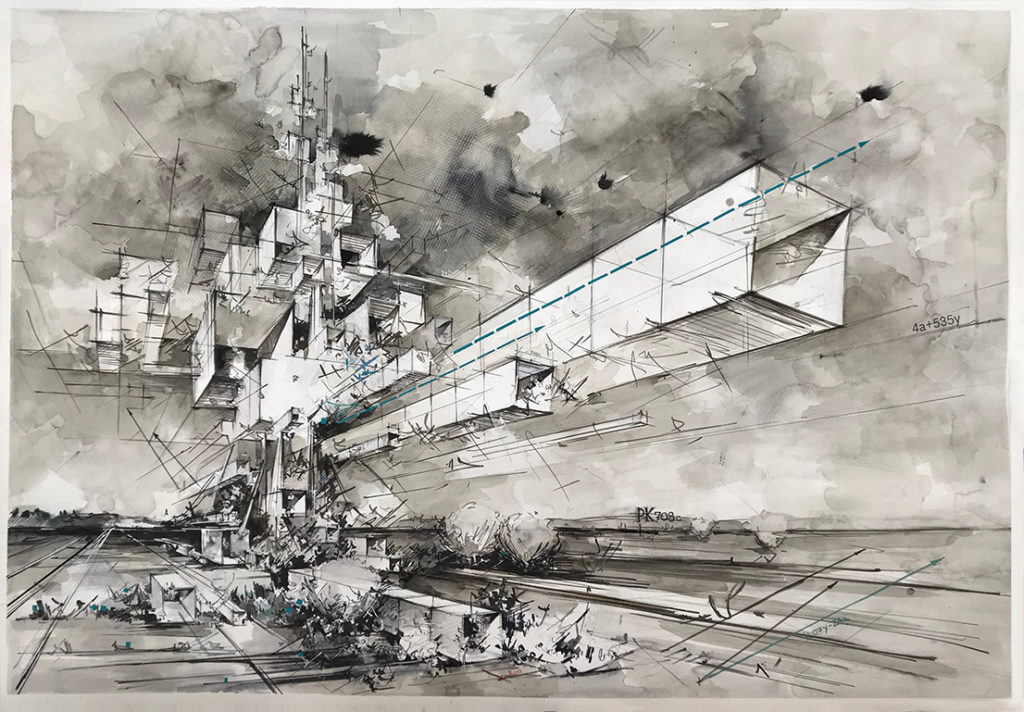
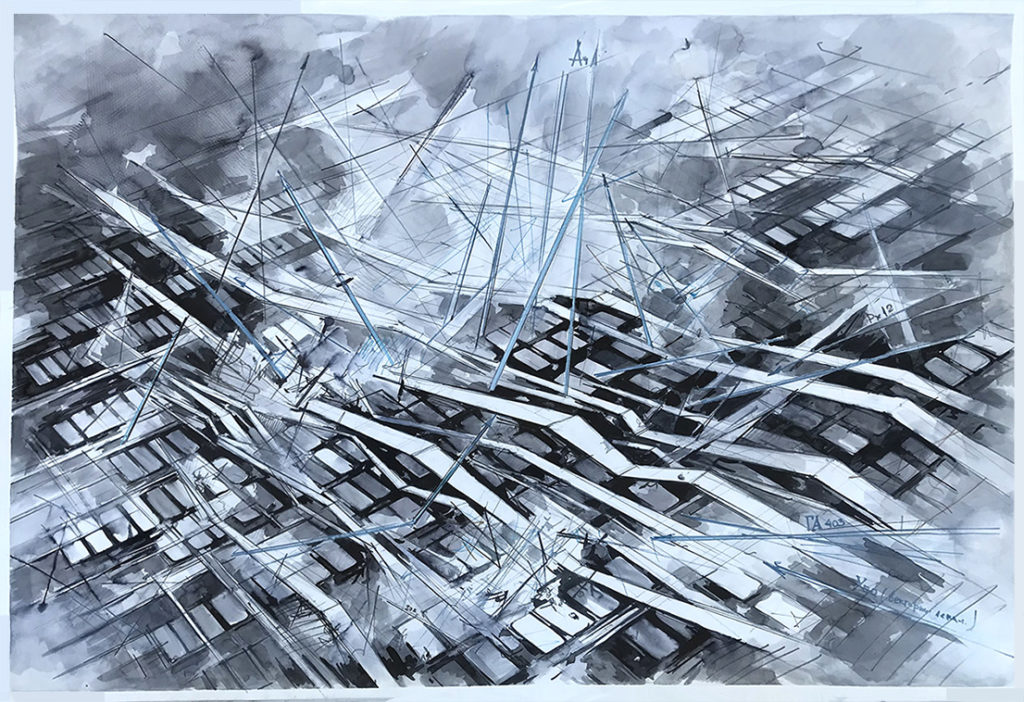
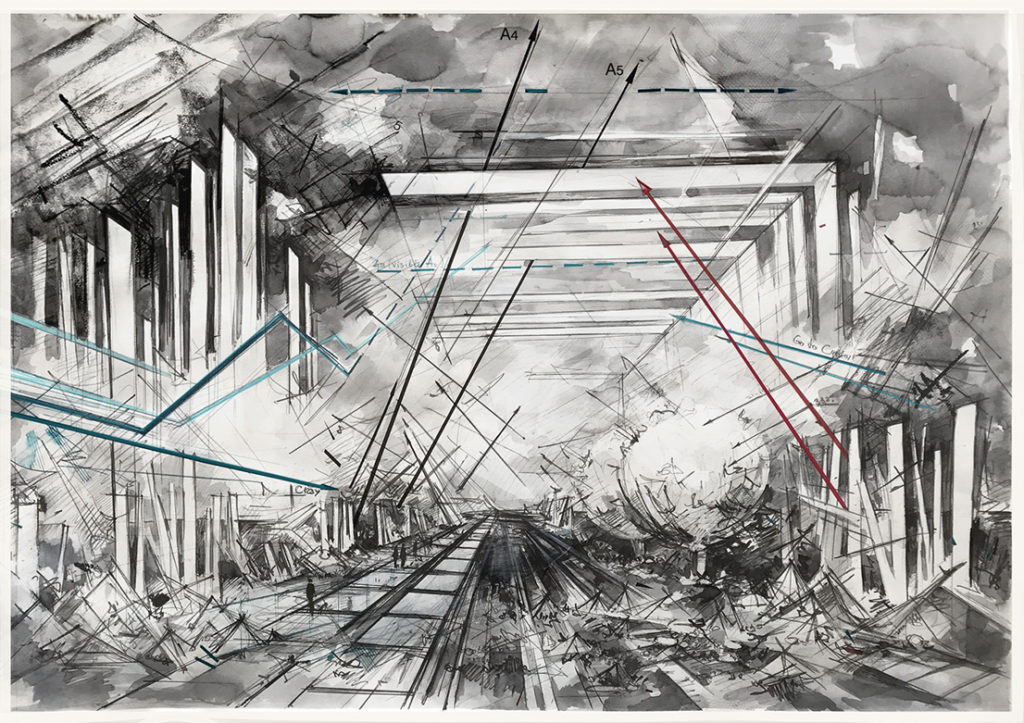
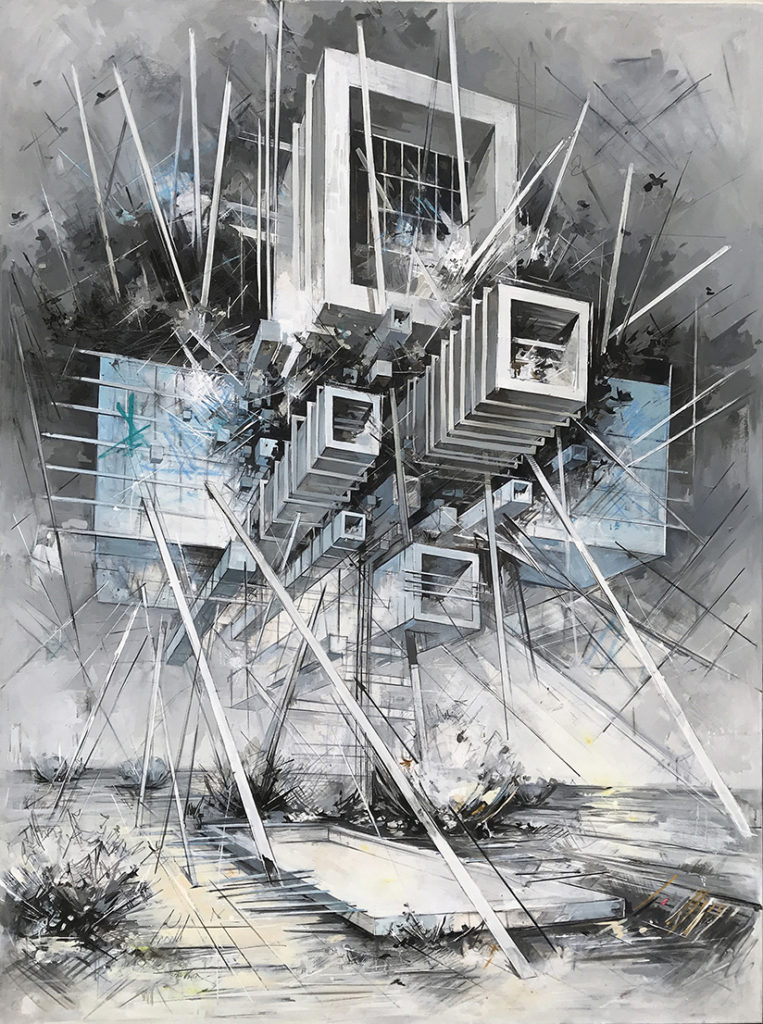
Tranformations
Let’s split open our figures and place the environment inside them.
Vladimir Yevgraphovich Tatlin (1885-1963)[i]
The visualisation of an explosive structures, fragmentation and material cohesion is powerfully expressed by the oil and canvas works of Inna Artemova. An avidly Russian artist her painted works are embedded in the historical experiences of the utopian-dystopian forces of Revolutionary Russia in the twentieth century. In fact we might even think of her “back to the future” approach expressed in her subject paintings, as the reconfigured paradigm of an investigative eternal recurrence, a concept itself first born as a radical cosmological and futurist supposition [ii] In purely visual pictorial terms the idea of the internality of things or forms externalized to view underpins her Utopia paintings.[iii] While not all the pictures presented in the current exhibition are from Artemova’s Utopia series, what they all have in common is referent materials emblematic of International Modernism, the explicit language of architecture and forms of the so-called machine age. In grisaille and semi-coloured paintings using an architectural metaphor we are presented with literal visions of construction that are self-polemical deconstructions.[iv] The artist takes the constructivist language of the Russian avant garde and subjects it to a personal form of interstitial visualisation. What we see are images that present inter-mediated states of construction within spatial representations that suggest expanded velocity. The word velocity comes to mind because of the explosive and fragmented conditions of the architectonic and machine-like forms placed within exaggerated recessive perspective.
Another aspect that appears in these explosive architectonic and futuristic images is that of displacement. By this one means that the artist Artemova is wrestling with a personal history, and in creating the material states of indeterminate construction she is grappling both with the displaced Soviet Age (no longer existing) and her own displaced reality. The paintings possess great elasticity, which is to say their sense of velocity adds to a sense of temporal elision, almost as if the artist is zoning backwards and forwards through space and memory. For velocity can only exist in time and space, and the central premise of the paintings is the dominant aspect of spatial configuration. This is the reason, perhaps, why so many of the paintings suggest aspects of the cosmological, explosive fusions, a dynamic shattering that borders upon science fiction and those effects we often see in movies. The continuous use of sharp straight lines, rounded ovoids, sputnik or satellite elements, would be Tatlin tower forms, only further the emphasis on volumetric scale where occasional figures become miniscule ciphers of human presence. In Artemova’a materially large and medium scale paintings the pictorial contents are creatively coerced into a greater dominance of what Einstein determined as the space-time continuum.[v] Hence in terms of the artist’s use of composition, we are made aware of the gravitational polarities that bring her pictorial space and time into its continuum. We are presented with a world within a world, the world of both the lived and the imagined, a highly personal sense of what it means to go back to the future.
©Mark Gisbourne
Sunday, 27 September 2020
ENDNOTES
[i] Quote cited by Christina Lodder, in Russian Constructivism, New Haven and London, Yale University Press, 1983, p.17 Though it is clear that Tatlin was much influenced by the ideas expresses in his Manifesto of Futurist Sculpture, 1912.
[ii] Prior to its adoption by Friedrich Nietzsche (1844-1900), the modern use of “eternal recurrence” begins with the French anarchist revolutionary Louis Auguste Blanqui (1805-1881) in Eternity by the Stars, New York: Contra Mundum Press, 2013. (Fr. orig. L’éternité par les astres [1873], Paris 2012)
[iii] See the essay by Bojana Pejić, “The Space Where Unforeseen Things Take Place”, in Inna Artemova, Reinventing Utopia, 2017
[iv] Deconstruction is system of critical analysis of literary and artistic language (in this case Constructivism), focusing of the relational quality of meaning, and the changed assumptions implicit to original forms of expression. See Peter Brunette and David Wills (eds.), Deconstruction and the Visual Arts: Art, Media, Architecture, Cambridge University Press, 1993For a Derriid-ean view as it related to painting, see Jacques Derrida, The Truth in Painting, Chicago and London, University of Chicago Press, (1987) 2017.
[v] In special relativity time slows down or speeds up depending on how fast you move relative to something. See Albert Einstein, Relativity: The Special and General Theory, Princeton University Press, 2016